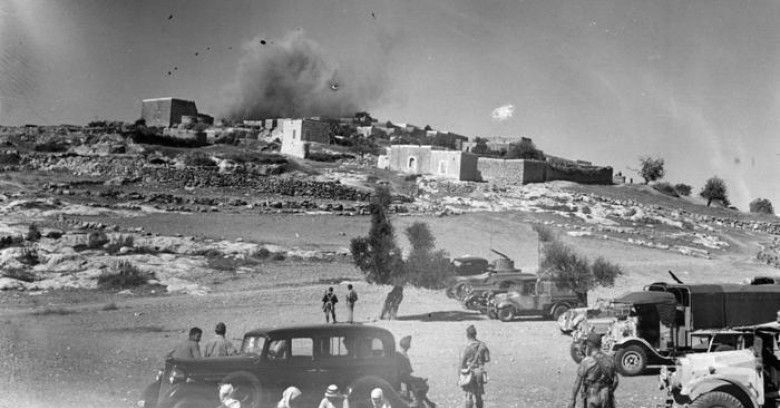RAMALLAH,
July 9, 2013 (WAFA) - The Palestinian Liberation Organization (PLO) Tuesday issued
a report on the Israeli Annexation Wall and settlements’ status nine years
after the Advisory Opinion of the International Court of Justice (ICJ), which
condemned Israel's construction of the Wall on July 9th, 2004.
The report started
off by noting the illegitimacy of the Wall pointing out that “it is not being
built on Israel’s 1967 pre-occupation border (the “Green Line”), but inside the
Occupied State Of Palestine.”
The PLO’s
report highlighted the consequences of Israel’s Wall which led to the annexing
of Palestinian agriculture and water resources, restricting freedom of movement,
separating Palestinians from schools, health facilities and jobs, and depriving
thousands of them from having a life.
According to
the report, “approximately 47.6% of the Occupied West Bank will be annexed by
Israel, thereby ensuring Israel’s illegal settlements not only to remain, but
expand.”
If the Wall
is to be completed, it will be approximately 711 km in length (more than twice
the length of the Green Line); trapping about 249,00 Palestinians, it said.
The report
highlighted that fact that the Wall cuts through OPT in order to sustain and
reinforce the vast majority of Israel’s illegal settlements throughout the West
Bank.
It said that
Israel continues to construct a huge network of settler highways connecting its
illegal settlements to each other and to Israel, while imposes severe movement and
access restrictions on the 2.5 million Palestinians who live in the West Bank, in
order to further assist the expansion of Israeli settlements.
The PLO’s
reported stated Israeli claims that the construction of the wall is solely based
on the pretext of “security concerns”; as it allegedly limits the Palestinian resistance
and protects Israeli citizens, including illegal settlers.
On the other
hand, the report explained the Palestinian position regarding the construction
of the wall, which is seen as “yet another attempt to grab Palestinian land in
order to implement Israel’s settlement enterprise.”
It said, the
Wall not only takes Palestinian land, but also natural resources. It consolidates
the process of annexing Palestinian land.
The report refuted
claims that the wall has decreased the amount of resistance by arguing that “the
decrease in attacks is due to a Palestinian decision to resist with non-violent
means.”
It also
highlighted the Wall’s illegitimacy and necessity to be dismantled and that Israel’s
right to protect its citizens should remain outside the borders of the OPT.
ICJ found
the Wall to be illegal, and demanded for it to be demolished and those affected
to be compensated, the PLO said.
ICJ demanded,
according to the report, that Israel is obligated to repair all damage caused
by the construction of the Wall.
The report
later presented figures and statistics from January 2004 until July 2013
showing Israeli violations in the OPT within that period of time.
It ended the
report by telling real life stories of Palestinian communities which were
affected by the construction of the wall.
It said, “In
January 2002, Um al-Asafir community, located west of the town of Beit Sahour,
woke up one day to the sound of bulldozers digging up the land; a new wall,
Israel’s huge concrete annexation Wall was installed in their backyard.”
“Today, the
Um al-Asafir community, which has frequently disrupted access to health, social
and economic services, is living in limbo. They are forced to choose between
providing for their families by moving and working in the Bethlehem district or
remaining in their birthplace.”
It also
reported on Watta Community near Bethlehem, whose children and their parents
have to walk two kilometers from their homes to the checkpoint.
“They have
no access to private cars and the journey into the Bethlehem district takes
about 30 minutes as opposed to the three minutes it took before the construction
of the Wall.”
M.H.











